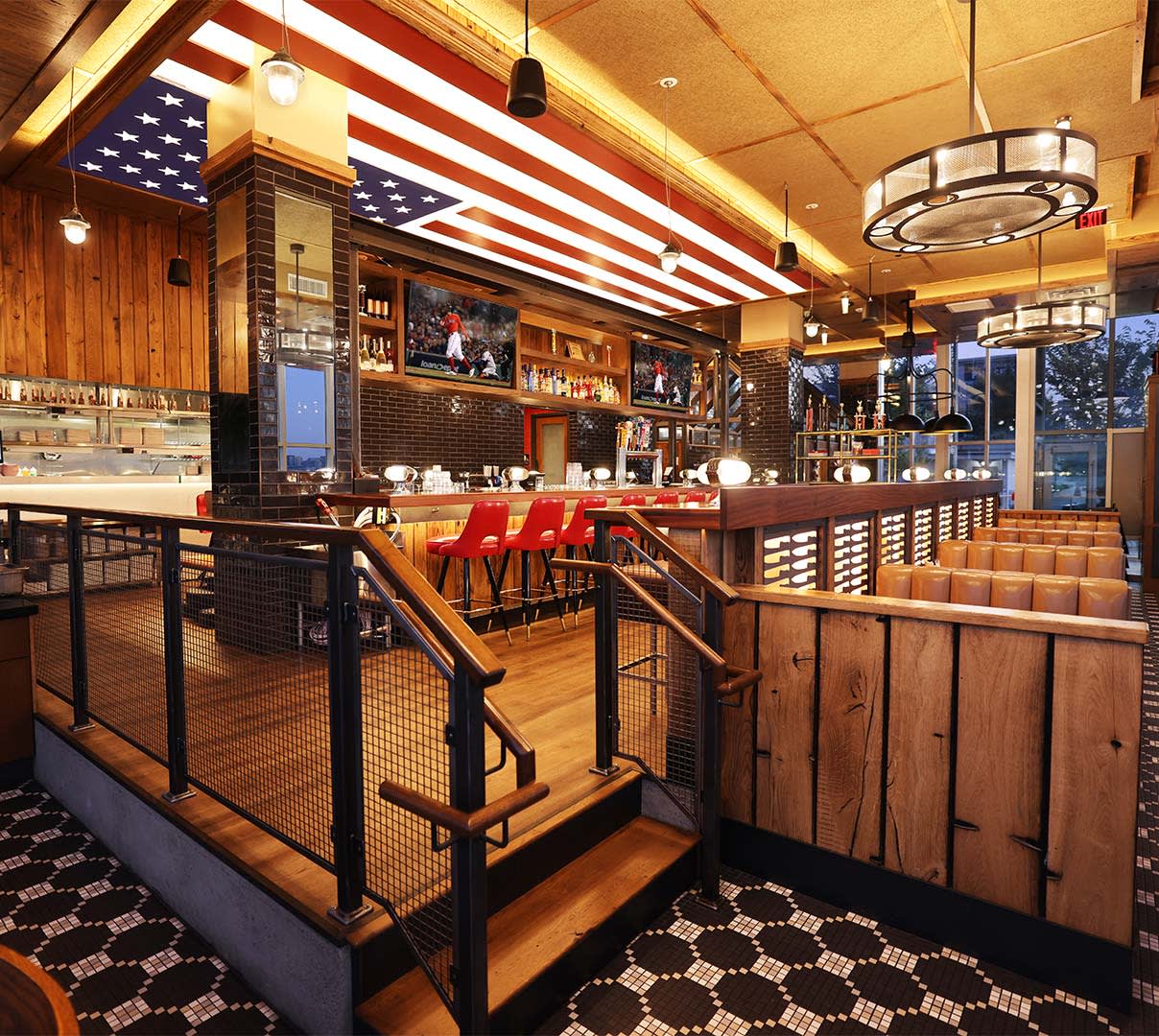Restaurants analyze profit and loss statements (P&Ls) to identify areas for cost-cutting or revenue growth and demonstrate their financial stability to management, investors, and creditors. They are an indispensable tool for understanding your restaurant’s financial health and future.
Many restaurants don’t fully appreciate the importance of profit and loss statements — particularly when assessing the value of third-party delivery services. But restaurant P&Ls provide critical information about your business’s finances and profitability over a specific period.
The extensive experience of Andy Husbands, CEO and Pitmaster of Boston’s award-winning The Smoke Shop BBQ, can help guide other restaurateurs.
Understanding P&L statements with third-party delivery services
Restaurateurs can be wary of third-party delivery (3PD) services. This hesitancy is understandable, as Husbands explains: “Restaurateurs are very passionate about what they do, and they work exceptionally long and hard hours for a small margin. So there can be a knee-jerk reaction: ‘My goal is 5 to 10% profit, yet this 3PD will take 15 to 30% of my sale!’” Husbands himself initially held that opinion.

With third-party delivery, I look at it as an outside event — as if you were doing a giant catering event. Then, you can see how profitable third-party delivery actually can be.
But as Husbands details, that’s simply a misconception. “With third-party delivery, I look at it as an outside event — as if you were doing a giant catering event. Then, you can see how profitable third-party delivery actually can be,” he explains.
For example, restaurant operators can use their existing operations to fulfill delivery orders, so costs like rent and labor are already fixed. “For the P&L, look at your real costs that are directly part of the 3PD fulfillment,” Husbands points out. “You don’t need to worry about already-accounted-for direct operating costs like rent and electricity. The cooks, for example, are already there — unless you need to add an extra cook to fulfill the extra orders. At the end of the day, what you will see from delivery in the P&L is actual profit.”
But is third-party delivery the right call for your business? Husbands recommends you answer these key questions:
Do you want your food to travel? If not, don’t do it.
Does your food travel well? You might need to invest in better to-go packaging to ensure your food is still visually appetizing and at the right temperature when it arrives.
Can you do it? Do you have the space and capability? You may need to change some of your operations in order to make 3PD work for you.
Are you looking to reach more customers? For many restaurants, DoorDash becomes a successful partnership and is great for marketing, as it helps people find your restaurant in a different way.
Using a P&L to understand costs
Getting a better understanding of overall costs is essential for restaurant owners. For this reason, Husbands also recommends doing a weekly inventory. “Inventories are dollars,” he says. “When you’re touching your product and looking at what you own, you will find ways to lower your inventory.”

Understand where your money is going. Things add up, and little numbers become big numbers over time.
Appreciating the full picture of your restaurant’s financial situation leads to better management. “Understand where your money is going. Things add up, and little numbers become big numbers over time,” Husbands asserts. “Take one day a month, one hour, to just go through it. Understand every little thing; otherwise, it will be death by a thousand cuts.”
Husbands believes that P&L statements help profitability stay top of mind. “Look at what sells. For profitability, you want your best-selling items to also be your most profitable. This is important. If you sell 100 of your best items, your food costs are good. But if you sell 200, your average food costs will drop because of cost efficiencies at scale. You should analyze and sell the better and more profitable performers. These higher margin items will offset lower margin food items.”
And marketing also plays a key role, both in-house on your own menu or for third-party delivery: “If you have a dish that’s a winner, look at how you’re marketing it. How do you describe it? This is particularly important on DoorDash. How do you market it online? How do people read it?” Another crucial component, according to Husbands, is quality photography. “How do you get people to like the high-margin items? Invest in good photos.”
Make the most of your P&L statements
There are many benefits of partnering with a third-party delivery service. For one, 83% agree that DoorDash helped them reach new customers they would otherwise not be able to reach. DoorDash can also help drive incremental sales and improve your profit margins. The insights from a P&L can help you create an actionable plan to optimize costs and drive revenue so you can stay profitable.
Download our free P&L template to create or refine your restaurant’s profit and loss statement today.





